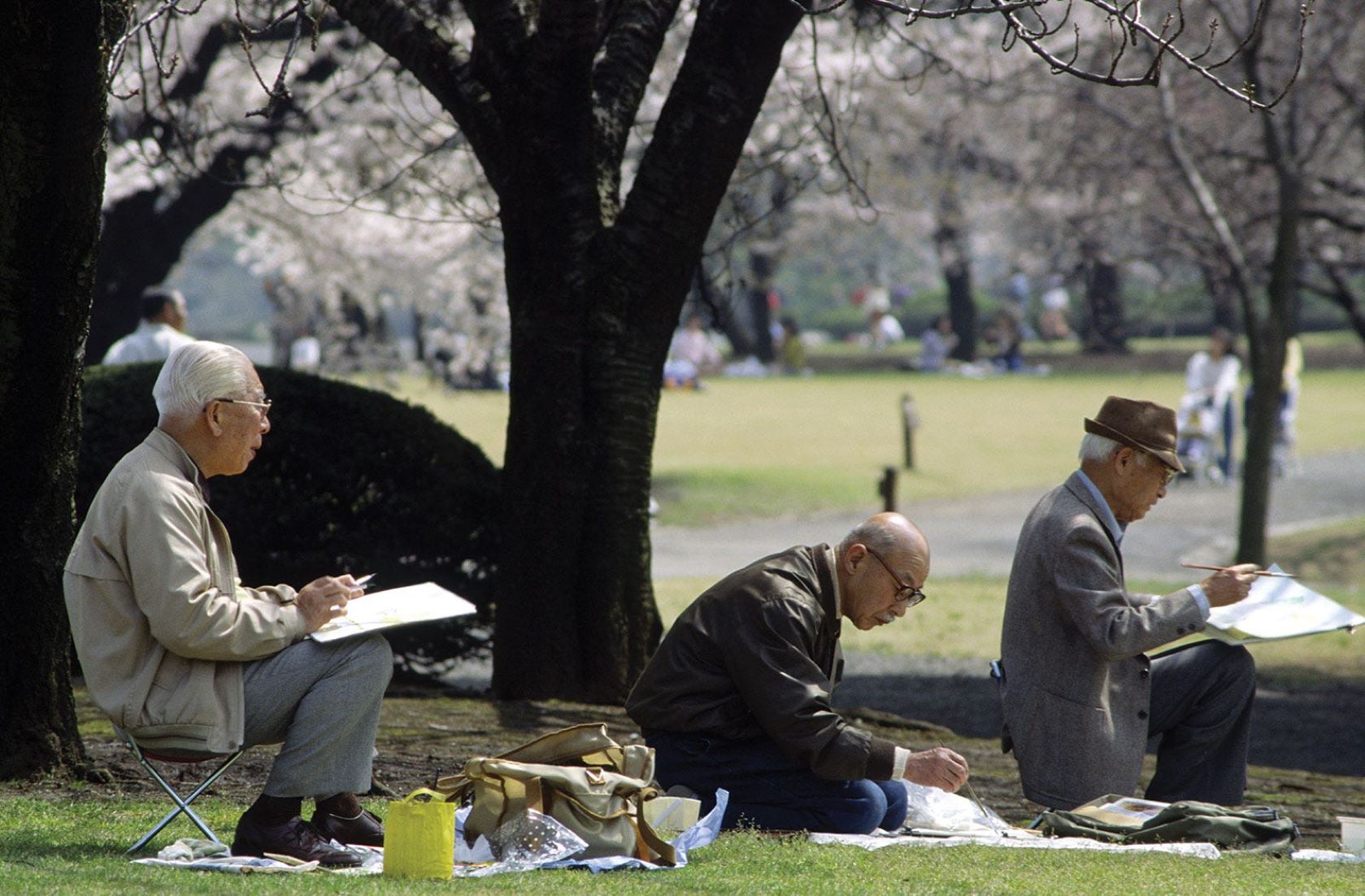TOKYO, Dec 25 (NNN-NHK) – The elderly population, those aged 65 and above, is expected to make up over 40 percent of the residents by 2050, in 25 out of 47 prefectures across Japan, as per local institute’s latest projections.
Akita prefecture is anticipated to have the highest concentration of senior citizens, with nearly half of its population, 49.9 percent, falling into this age bracket, according to data from Japan’s National Institute of Population and Social Security Research.
The population outlook for 2050, which excludes Tokyo, indicates a downward trend for all other prefectures from 2020, highlighting the ongoing shift towards a more centralised population in the capital city.
These estimates, which are based on the 2020 census data, provide a detailed demographic trajectory for each prefecture, city, ward, town, and village over 30 years, with five-year intervals.
Japan’s total population is predicted to stand at 104,686,000 in 2050, a 17-percent reduction from the 2020 figure. This decline is less severe than the previous forecast from 2018, attributed to an expected rise in the non-Japanese population.
Nevertheless, from 2020 to 2050, all prefectures except Tokyo, are expected to see a population decline. Even within Tokyo, a decrease is predicted for the periods 2040-2045 and 2045-2050.
Eleven prefectures are forecast to experience a population drop of 30 percent or more, from 2020 to 2050. Akita is expected to face the most drastic reduction at 41.6 percent, followed by Aomori prefecture with a 39-percent decrease, and Iwate prefecture with a 35.3 percent decline, as per the institute’s analysis.
In 2050, 25 prefectures, including Akita, are expected to have a population where those aged 65 or older exceed 40 percent. Tokyo is set to have the lowest proportion at 29.6 percent.
By 2050, the percentage of residents aged 75 or older is projected to exceed 20 percent in all prefectures, except Tokyo.
In terms of population distribution, Tokyo is expected to account for 13.8 percent of the national population in 2050, an increase from 11.1 percent in 2020. The trend of population concentration in the Tokyo metropolitan area is set to intensify.
The institute also forecasts that, by 2050, around 20 percent of all cities, wards, towns, and villages will see a population decrease of over 50 percent from 2020 levels.
The most significant population declines from 2020 to 2050 are anticipated for Nanmoku village in Gunma prefecture, with a 74.8-percent reduction, Kuma village in Kumamoto prefecture with a 73.3-percent decrease, and Nosegawa village in Nara prefecture, with a 72.5-percent drop.– NNN-NHK






